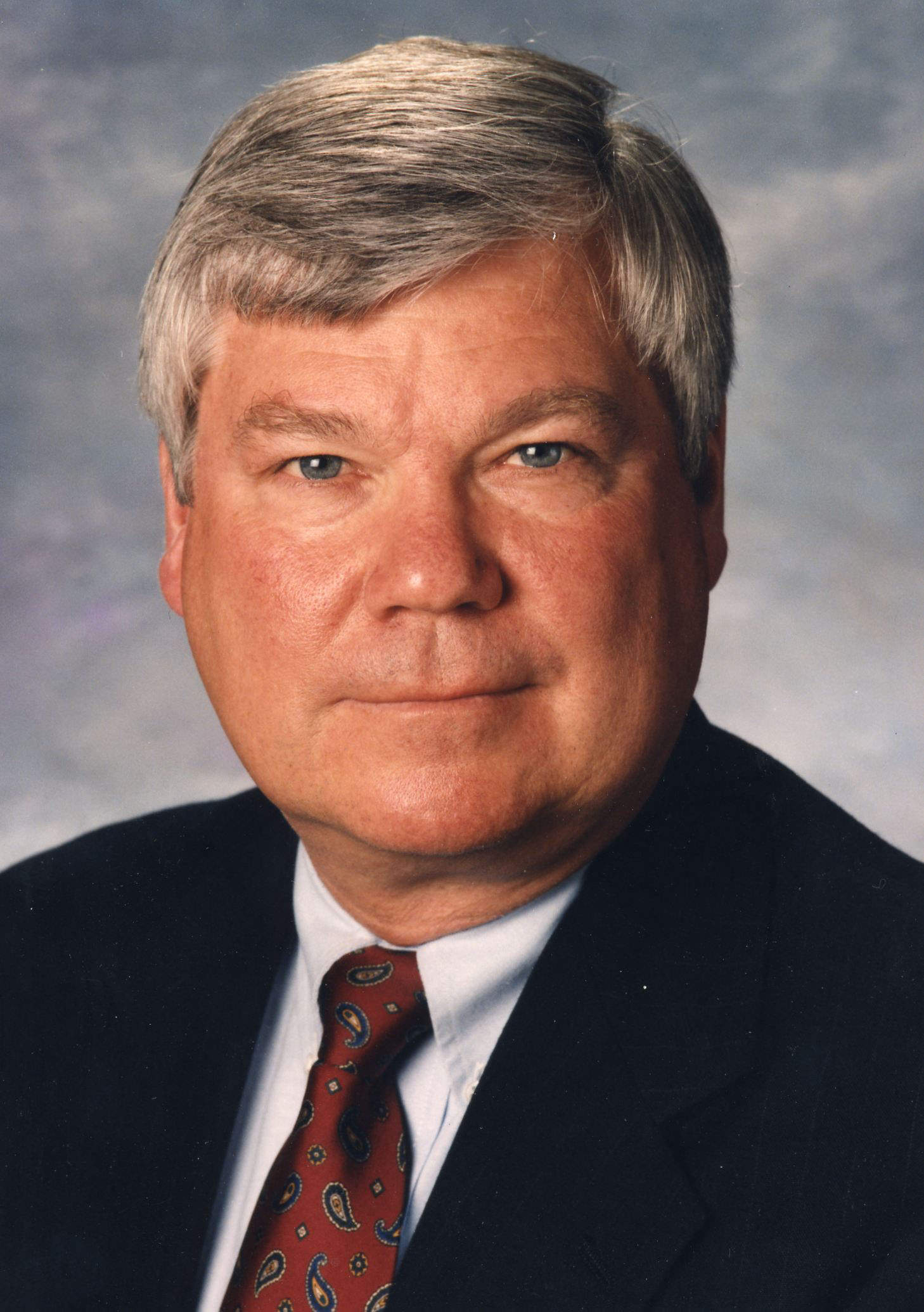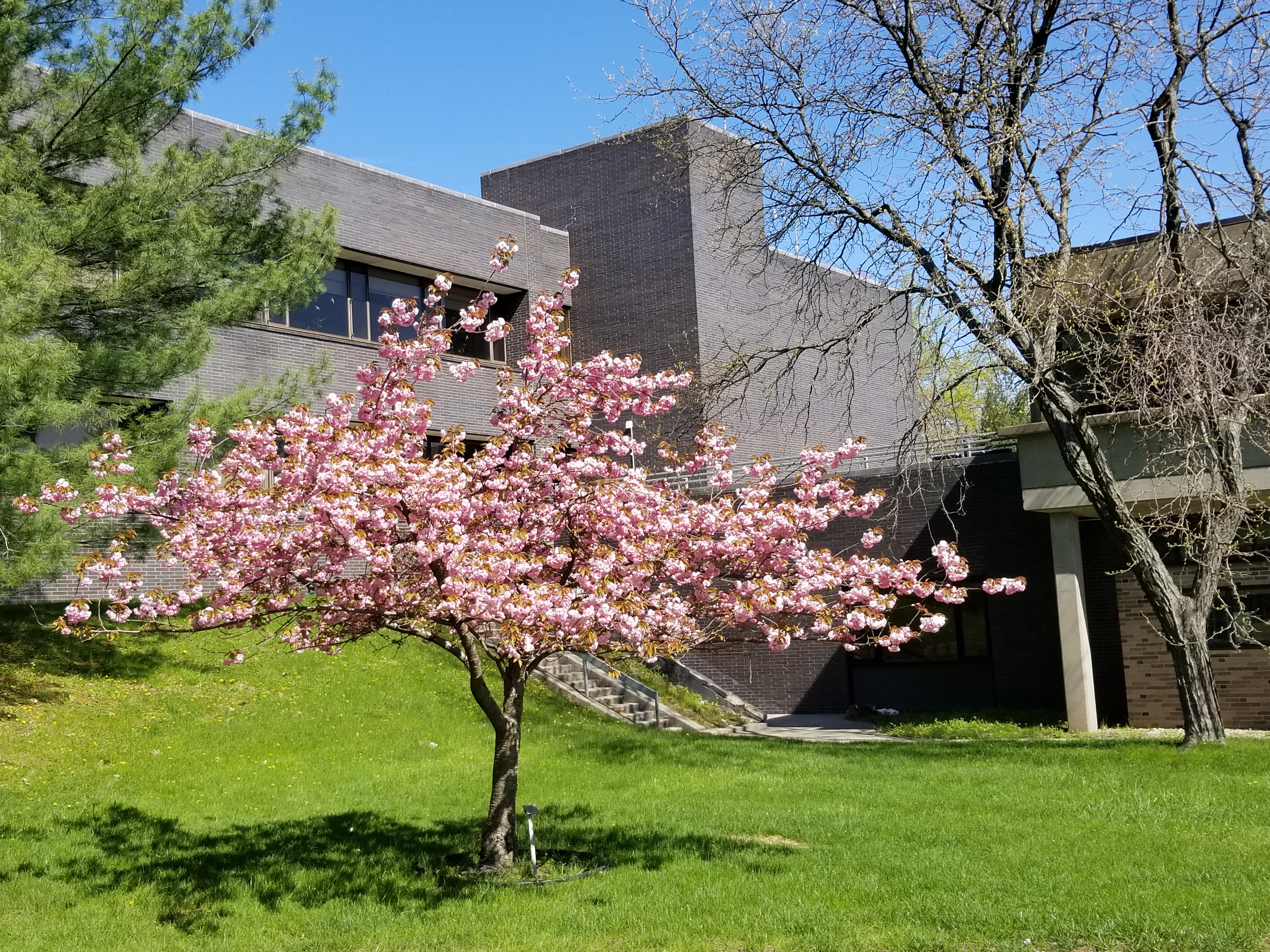
Frank Gumper, who has three master’s degrees from Columbia, is a devoted supporter of the Lamont-Doherty Earth Observatory (LDEO), where he studied and worked for six years. He currently chairs LDEO’s Education Committee and serves as the LDEO Chair of the 1754 Society Participation Drive—an initiative to increase membership in Columbia’s legacy society, the 1754 Society. He has named Lamont a primary beneficiary of one of his individual retirement accounts, which also qualifies him as a member of LDEO’s Torrey Cliff Society.
The IRA from which Frank is making his estate gift was created when he retired from Verizon, where he had a long career in which he rose to be vice president of regulatory affairs.
“Instead of a pension, I got a lump sum from Verizon that was transferred into an IRA—and I had different options of what to do with it and how to manage it,” Frank explains. “My estate-planning attorney suggested I take a portion of that and set it aside for a separate IRA and designate it for the charities I want to support. If I took the money out of the IRA and donated it, it was going to be taxed—but this way Lamont and others get the full value of what it is worth because it is going directly to those beneficiaries.”
Frank is using a similar strategy with his annual gifts: Because he is older than 72, he is required to take a minimum distribution from his IRA despite not needing it. By making a direct transfer from his IRA to Columbia—a qualified charitable distribution (QCD)—Frank does not have to recognize the distributions as income but still gets credit toward his required minimum distribution (RMD).
From physics to phones
With a dad in the military, Frank moved around a lot as a child—living in the Philippines, California, Texas, Virginia, and New Jersey before graduating from high school on Long Island. He attended Rensselaer Polytechnic Institute and earned a bachelor’s degree in physics. The chairman of the geology department there had studied at LDEO and recommended Lamont to Frank. He was admitted in 1965 to study seismology.
“I spent time in the field at different places and also a lot of time in the laboratory, measuring very small earthquakes called microearthquakes,” Frank says. “You can’t wait around for the large ones; you have to study the small ones.”
After six years and everything completed for his Ph.D. but his dissertation, Frank decided he needed a career change. He went to work for the New York Telephone Company and then Verizon, initially as an expert in data analysis—where his Lamont education proved to be very useful.
“I was in forecasting at New York Tel, and the patterns of telephone data I studied were a lot like seismology,” Frank says with a laugh. “My background helped me have a knack for explaining difficult things to lawyers—and that was a big help in my career.”
Verizon paid for Frank to get a master’s in business from Columbia through a two-year executive program, and in 2005 he got a third master’s degree—by surprise.
“I got a letter from Columbia that I was being awarded a master’s in philosophy for my work in seismology!” Frank exclaims. “It’s an interesting diploma: It’s dated 1971, but it’s signed by the current University president. I have always considered it a very nice gesture.”
Supporting Columbia through innovation and infrastructure
Frank and his wife Joanne had always contributed annually to LDEO, starting small because his salary was small and then increasing their contributions. About 20 years ago, shortly after he retired from Verizon, Frank was asked if he would help activate a board of advisors for Lamont.
“Lamont is about an hour’s drive from where I live on Long Island, and I would go up there for the Board of Advisors’ meetings and for other things,” Frank says. “If I saw a colloquium that sounded interesting, I would attend and hang around and meet with the faculty. It became a second home to me.”
Frank eventually became head of the Education Committee, a volunteer position he still holds. He is particularly proud of two of the Committee’s projects he has been an integral part of.
“We were talking one day about what we could do to be more meaningful to Lamont—to the grad students and the faculty—and we came up with the idea of an innovation fund,” Frank says. “Every couple of years the director puts out a call for proposals and we support things that have interesting potential—scientific ideas that are the kind of thing the National Science Foundation wouldn’t necessarily think of supporting.”
Frank contributes financially to the innovation fund and has given to many other Lamont projects over the years—including the Hudson River Field Station, the other project about which he is most proud.
“Lamont has a lot of buildings, but it is a research facility—and there weren’t many places that the public could go visit other than during our annual open house,” Frank explains. “Schools were asking if they could come visit Lamont, and for the most part the answer was no. However, our development and education people were interested in having a location where they could interact with the public.”
After the Piermont pier was severely damaged by Hurricane Sandy including the LDEO “blockhouse" at the end of the pier, Lamont personnel launched a drive to help restore the pier and convert the blockhouse into the Hudson River Field Station. Realizing that the Field Station required on-going support, Frank focused his efforts on supporting the LDEO educational and outreach programs operated at the Field Station where visitors can learn about Lamont's programs.
“Now school kids visit there during the week,” Frank says proudly. “And it’s a popular place to take a walk—the pier is about a mile long—and at the end of it is this building you can go inside and find out about Lamont! This is not the kind of program that state and federal governments tend to support, and Lamont doesn’t have a separate endowment for this kind of stuff—so it needs support from all of us.”
The drive for legacy gifts
Now Frank is Lamont’s chair of the University-wide drive to spread the word about planned gifts and increase membership in the 1754 Society and Torrey Cliff Society.
“I am helping to make Lamont’s many researchers and supporters aware of the 1754 Society and the benefits of joining,” Frank says. “I want to make it clear to them that they need to be explicit about what they put in their wills if they want their contributions to go to Lamont or to particular programs at Lamont.”
Frank said his estate gift, his annual gifts, and his volunteer time are all part of the gratitude he feels toward LDEO.
“I have always had a fondness for Lamont; they do great work, and I received a great education,” Frank says. “Because of the education I received, I had a very fortunate business career. My mother had a philosophy: If people help you at some point in your life, you, too, should help other people. For me that includes giving back to the institutions that helped me.”




